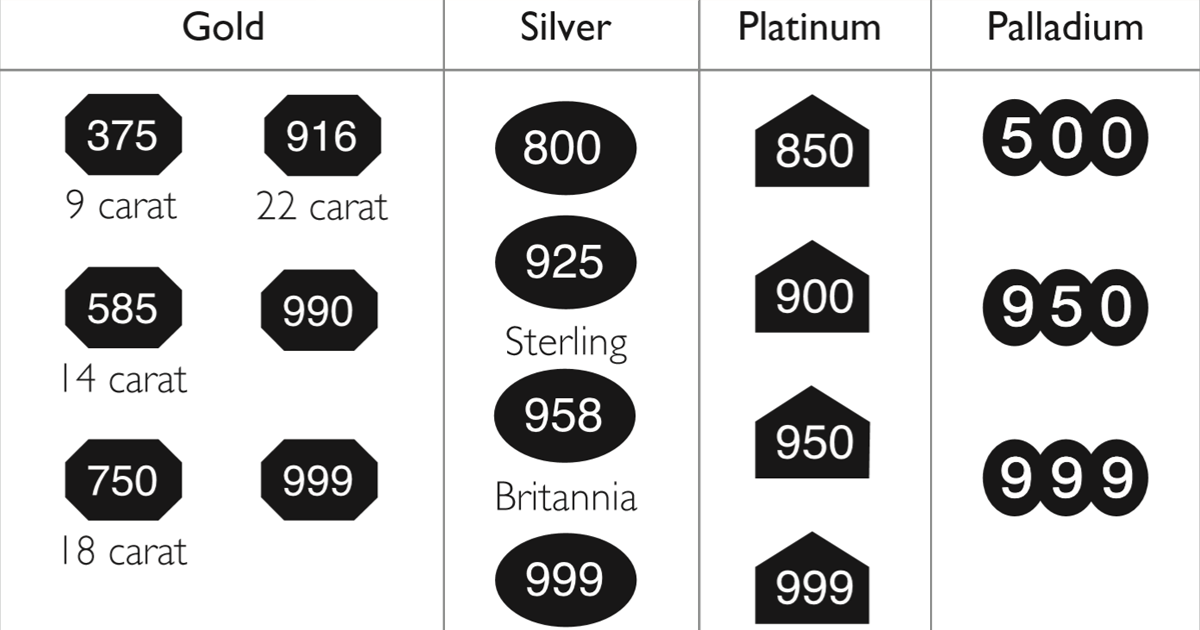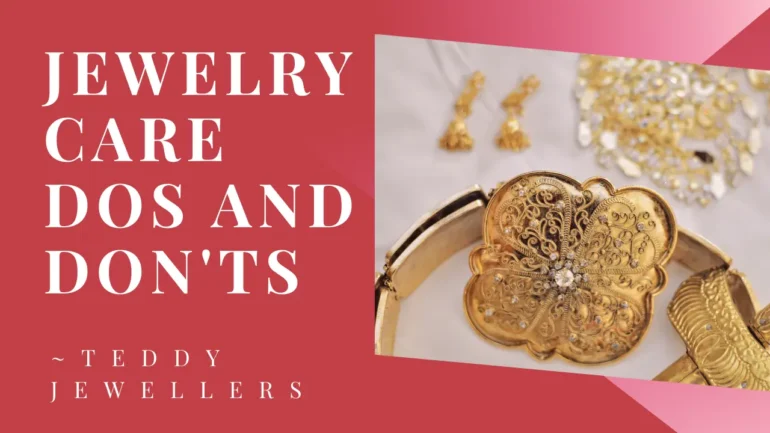Jewelry has long been a symbol of elegance, status, and personal expression. However, the market is flooded with counterfeit pieces that can deceive even the most discerning eye. Knowing how to distinguish genuine jewelry from fakes is crucial to ensuring you get the value and quality you deserve. This comprehensive guide will provide you with essential tips and tricks to help you spot fake jewelry, protect your investment, and make informed purchases.
Why Identifying Fake Jewelry Matters
Buying fake jewelry can have several downsides:
- Financial Loss: Paying a premium for what you believe is a genuine piece but turns out to be fake can be a significant financial setback.
- Health Risks: Fake jewelry often contains harmful metals like lead or nickel, which can cause allergic reactions or other health issues.
- Aesthetic Disappointment: Fake jewelry typically lacks the craftsmanship and durability of authentic pieces, leading to tarnishing, discoloration, and breakage.
Key Indicators of Fake Jewelry
1. Hallmarks and Stamps

What to Look For:
- Genuine gold, silver, and platinum jewelry usually have hallmarks or stamps indicating the metal’s purity and origin.
- Common marks include “925” for sterling silver, “750” for 18K gold, and “PT” for platinum.
How to Check:
- Use a magnifying glass or jeweler’s loupe to inspect for these marks.
- Be wary of poorly stamped or illegible marks, which can indicate a fake.
2. Magnet Test

What to Look For:
- Real precious metals like gold, silver, and platinum are not magnetic.
- If the jewelry is attracted to a magnet, it likely contains iron or steel.
How to Check:
- Hold a strong magnet near the jewelry and observe any attraction.
3. Weight and Density

What to Look For:
- Genuine metals have a specific weight and density that fakes often do not replicate.
- Real gold and silver pieces feel heavier compared to their fake counterparts.
How to Check:
- Hold the jewelry in your hand to gauge its weight.
- Compare it to a known genuine piece if possible.
4. Visual Inspection
What to Look For:
- Real jewelry has a high-quality finish, with no visible seams or flaws.
- Fake jewelry might show signs of poor craftsmanship, such as rough edges or uneven coloring.
How to Check:
- Use a jeweler’s loupe to closely examine the piece.
- Look for consistent coloring and smooth finishes.
5. Gemstone Authentication
What to Look For:
- Real gemstones have specific characteristics, including inclusions, refractive properties, and color.
- Fake gemstones might appear too perfect or have visible bubbles and scratches.
How to Check:
- Consult a professional gemologist for an appraisal.
- Use a gemstone tester to verify authenticity.
Common Types of Fake Jewelry
1. Gold-Plated Jewelry

Characteristics:
- A thin layer of gold over a base metal.
- Prone to tarnishing and fading.
Identification Tips:
- Look for the hallmark “GP” or “GEP.”
- Perform a scratch test on an inconspicuous area to see if the gold layer flakes off.
2. Silver-Plated Jewelry

Characteristics:
- A thin layer of silver over a base metal.
- Tarnishes easily and wears off over time.
Identification Tips:
- Look for marks like “EP” or “HGE.”
- Use a magnet to check for underlying base metals.
3. Cubic Zirconia (CZ) vs. Diamonds

Characteristics:
- CZ is a synthetic material that mimics the appearance of diamonds.
- Lacks the brilliance and hardness of real diamonds.
Identification Tips:
- Use a diamond tester to differentiate.
- Real diamonds will scratch glass; CZ will not.
How to Protect Yourself When Buying Jewelry
1. Buy from Reputable Sources
What to Look For:
- Established jewelers with good reputations.
- Certificates of authenticity and return policies.
2. Get an Appraisal
What to Look For:
- A professional appraisal from a certified gemologist.
- Detailed reports on the metal and gemstones used.
3. Know the Market Value
What to Look For:
- Current market prices for the specific type of jewelry.
- Be wary of deals that seem too good to be true.
How to Care for Your Jewelry
1. Regular Cleaning
What to Do:
- Clean your jewelry regularly with appropriate cleaning solutions.
- Avoid harsh chemicals that can damage metals and gemstones.
2. Proper Storage
What to Do:
- Store jewelry in a dry, cool place away from direct sunlight.
- Use soft cloths or padded jewelry boxes to prevent scratches.
3. Routine Inspections
What to Do:
- Inspect your jewelry regularly for signs of wear or damage.
- Take it to a professional jeweler for regular maintenance.
Explore Teddy Jewellers’ Authentic Collections
At Teddy Jewellers, we pride ourselves on offering only the highest quality, genuine jewelry. Each piece is crafted with precision and comes with a certificate of authenticity, ensuring you receive the best value for your investment.
Custom Jewelry Services
Looking for something unique? Teddy Jewellers offers custom jewelry services to create a one-of-a-kind piece just for you. Our expert jewelers will work with you to design and craft a piece that perfectly matches your style and preferences.
Educational Resources
We believe in empowering our customers with knowledge. Explore our blog and educational resources to learn more about different types of jewelry, gemstone characteristics, and how to care for your precious pieces.
Our Shop‘s Gifting Collection
Follow us on Instagram
Follow us on Twitter (X)
#Jenniferhudson #jenniferhudsoncommon https://t.co/ANBFQKF8jh pic.twitter.com/3OjxjZihUv
— Teddy Jewellers (@TeddyJewellers) June 10, 2024
FAQs
1. How can I tell if my gold jewelry is real?
To check if your gold jewelry is real, look for hallmarks, perform a magnet test, and check its weight and density. Consulting a professional jeweler for an appraisal is also recommended.
2. What are common signs of fake jewelry?
Common signs of fake jewelry include poorly stamped hallmarks, magnetic attraction, lightweight feel, visible flaws or seams, and perfect-looking gemstones that lack inclusions.
3. Can I test my jewelry at home?
Yes, you can perform simple tests like the magnet test, scratch test, and visual inspection. However, for accurate results, it’s best to consult a professional jeweler.
4. Why does my jewelry tarnish?
Tarnishing occurs due to exposure to air, moisture, and certain chemicals. Storing your jewelry properly and cleaning it regularly can help prevent tarnishing.











